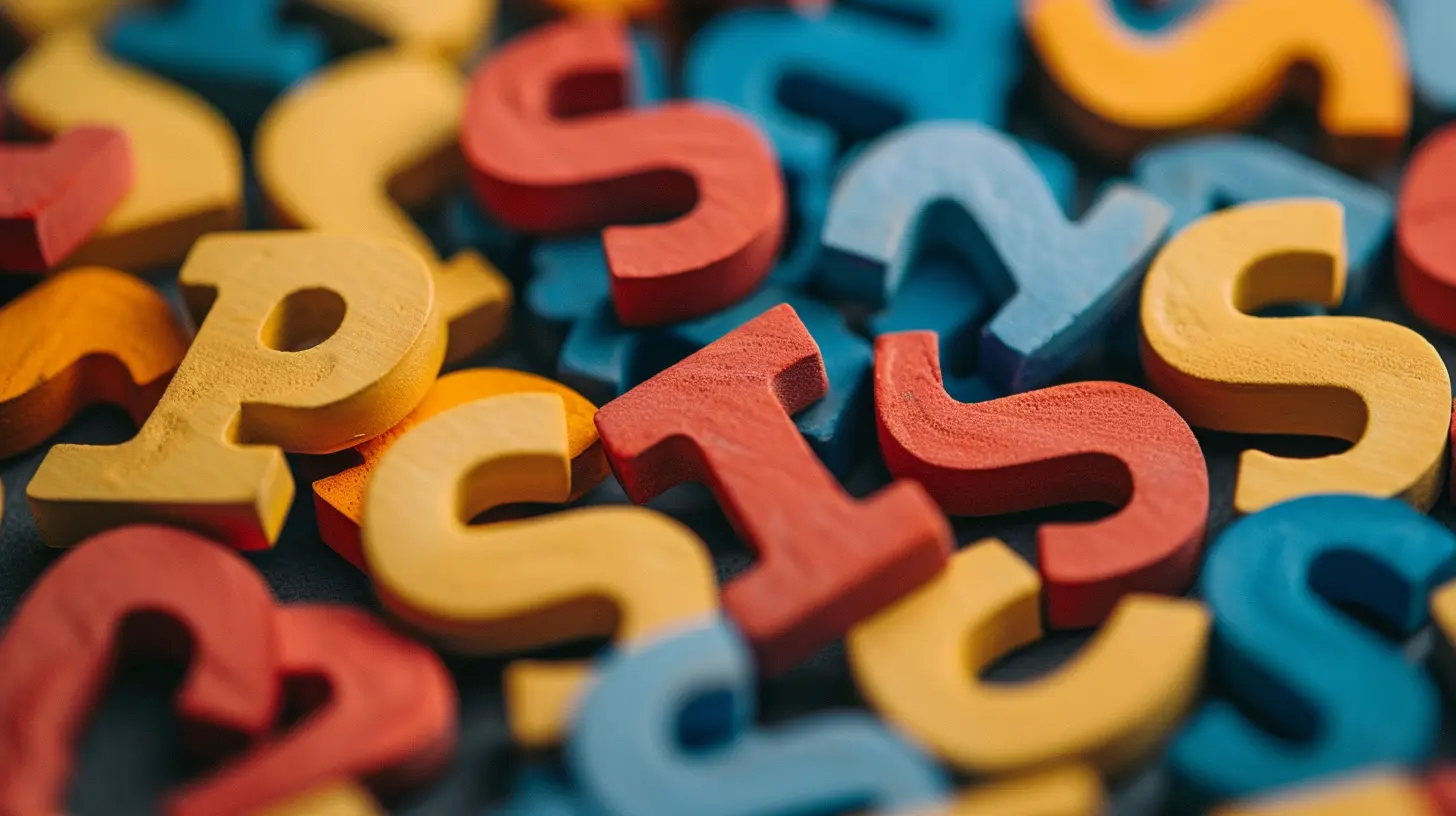Effective Methods for Tackling Multiple Choice Questions
9 August 2025
Multiple-choice questions (MCQs) can feel like a breeze when you know the answer, but they can also be a nightmare when you're stuck between two seemingly correct options. Sound familiar? Don't worry—you’re not alone. The good news is that mastering MCQs is all about strategy, not just knowledge.
Whether you're preparing for an exam, a quiz, or even a standardized test, there are smart techniques to boost your accuracy and confidence. In this guide, we’ll break down battle-tested methods to help you dominate any multiple-choice test that comes your way. 
1. Read the Question Carefully (No Skimming Allowed!)
One of the biggest mistakes students make is rushing through the question. Ever answered something wrong because you misread a key word? Yeah, we've all been there.Slow down. Read the question in its entirety. Pay extra attention to words like:
- "Not"
- "Except"
- "Most likely"
- "Least likely"
These little words can completely flip the meaning of a question. If you overlook them, you might pick the opposite of the correct answer. 
2. Predict the Answer Before Looking at the Options
This is a pro move! Before you even glance at the answer choices, try to come up with an answer in your head. Why? Because once you see the options, you might get tricked into second-guessing yourself.If you've already got an idea of what the right answer is, you can immediately spot it among the choices. And if your answer isn’t there? No problem—that's when you move on to the elimination method. 
3. Use the Process of Elimination (POE Like a Detective)
Sometimes, the correct answer isn’t obvious. In that case, flip the strategy—start by eliminating the wrong answers.Here’s how:
- Look for answers that are obviously incorrect – If an option is completely unrelated or just plain wrong, cross it out immediately.
- Beware of extreme words – Words like "always," "never," "completely," and "absolutely" make statements too rigid to be true in most cases.
- Spot the trap options – Some choices will sound almost right but might contain a slight error. If even one part of an answer is incorrect, toss it.
- Play the comparison game – If two options sound similar, one is often more accurate than the other—go with the stronger one.
By following this process, you increase your odds of selecting the best possible answer, even if you’re unsure. 
4. Look for Clues in Other Questions
Here's a neat trick: Sometimes, exams unintentionally give away answers in different questions. For example, a question later in the test might reference a topic that indirectly confirms an earlier answer.This doesn't happen all the time, but when it does, it’s like hitting the jackpot! Keep your eyes peeled for patterns and repeated information throughout the test.
5. Don’t Overthink—Trust Your Gut!
Ever changed your answer at the last minute and then realized your first choice was correct? Painful, right?That’s because your brain often picks up on subtle details subconsciously. If you're truly unsure, your first instinct is usually your best shot. Unless you find solid evidence to change your answer, stick with it.
6. Handle "All of the Above" and "None of the Above" with Care
These options are sneaky. But there’s a trick to handling them wisely:- If two or more answers are clearly correct, then "All of the Above" is likely the right choice.
- If even one option seems incorrect, "All of the Above" is probably wrong.
- "None of the Above" is usually correct if none of the answer choices make sense. But be cautious—if even one option is technically correct, then "None of the Above" is wrong.
Pay close attention before you commit to these answers!
7. Use the "Plug It In" Technique for Math MCQs
For multiple-choice math problems, don't just blindly solve—use the answer choices to your advantage! Here’s how:1. Start by plugging in the middle answer choice (if options are in numerical order).
2. If it's correct, great! If not, determine whether you need a larger or smaller number.
3. Narrow down the choices and try another number.
This method can save time and prevent unnecessary calculations.
8. Stay Calm Under Pressure
Test anxiety is real, and it messes with your brainpower. If you feel stuck, take a deep breath and move to the next question. Put a little mark next to the tough ones and return to them later if time allows.Sometimes, stepping away for a moment helps your brain process the answer subconsciously. Don’t let one difficult question eat up your precious test time.
9. Answer Every Question—Guessing Is Better Than Leaving It Blank
Unless there’s a penalty for guessing (which is rare), always answer every question. Even if you have no clue, making an educated guess is better than leaving it blank.Remember: You miss 100% of the shots you don’t take. A random guess still gives you a fighting chance.
10. Manage Your Time Wisely
Time mismanagement is a silent killer. If you spend too much time on one tricky question, you risk not finishing the test. Here’s how to avoid that:- Answer the easy questions first to build confidence and momentum.
- Skip the harder questions temporarily and come back to them later.
- Keep an eye on the clock but don’t let it stress you out.
Pacing yourself properly ensures you maximize your score instead of running out of time.
11. Review Your Answers If Time Allows
If you finish early, don’t just sit there—use the extra time to double-check your work. Look for careless mistakes, skipped questions, or misinterpretations.However, be cautious about changing answers unless you're absolutely sure you made an error. Second-guessing can sometimes do more harm than good.
Final Thoughts: MCQs Are a Game—Play It Smart!
Multiple-choice tests aren’t just about what you know—they’re about how you approach the test. The more strategic you are, the better you’ll perform.So next time you face an MCQ test, remember: slow down, eliminate wrong answers, trust your instincts, and stay calm. With these methods in your toolkit, you're already ahead of the game.
Now go out there and crush it!
all images in this post were generated using AI tools
Category:
Test PreparationAuthor:

Olivia Chapman
Discussion
rate this article
1 comments
Zina Hamilton
Mastering multiple choice questions: where your knowledge meets a game of ‘guess who’! Remember, even a blind squirrel finds a nut—so don’t be afraid to choose wisely (or randomly)!
August 26, 2025 at 11:15 AM

Olivia Chapman
Great analogy! While guessing can sometimes pay off, understanding the material is key to consistently mastering multiple choice questions.


